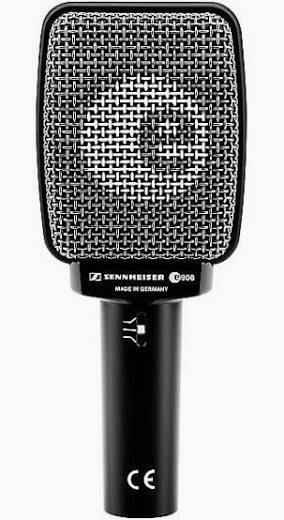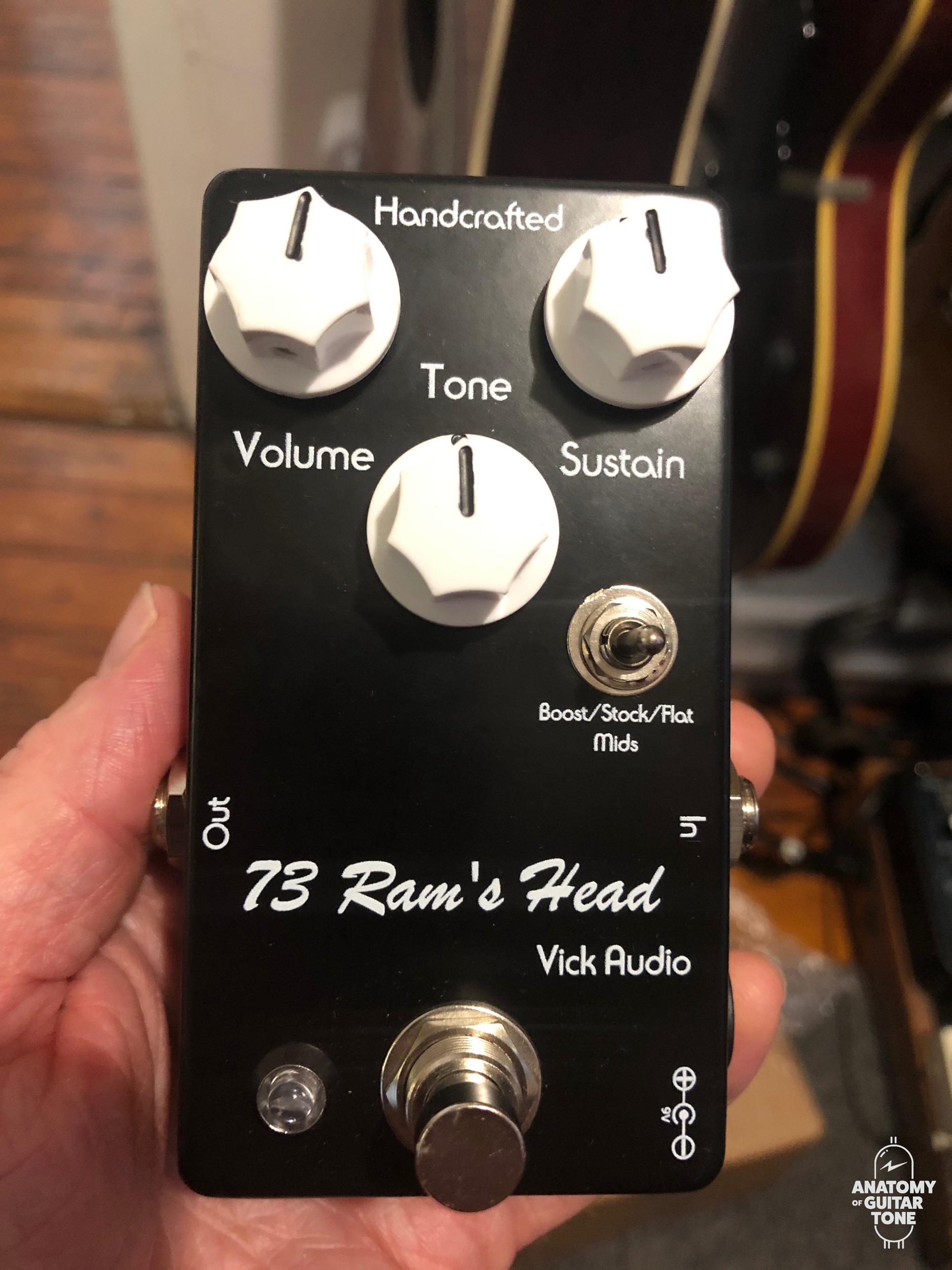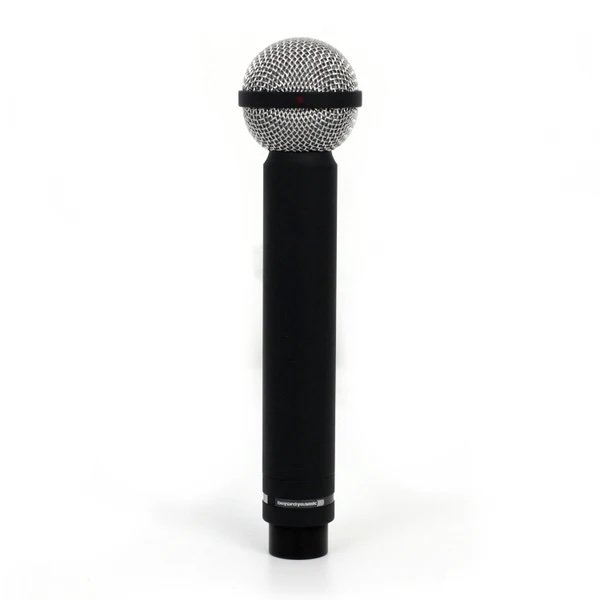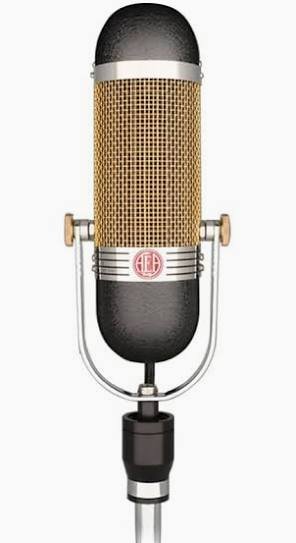Capturing the Essence: A Deep Dive into the TUL G12 Microphone for Guitar Amps
As a dedicated studio rat, I've spent countless hours composing and recording various music genres. Yet, one persistent challenge has been the limited microphone options that genuinely capture the natural sound when directed towards the center of the cone nearby.
My dissatisfaction extends to miking guitar amps on gigs. While some choices, like the long-standing favorite Shure SM57, have their merits, they always produce a harsh sound that I find myself battling within the mix.
The Shure SM57 has maintained its popularity for decades, and good reason. Its affordability, ease of replacement, and ability to handle high sound pressure levels, such as those produced by high-wattage guitar amps, make it a practical choice. For instance, a Marshall non-master volume 100watt amp at full blast is too loud for a ribbon mic placed close to the speaker, but the Shure SM57 can withstand this level of intensity.
But the SM57 can sound harsh and brittle. I fight with its sound every time I use it, as it doesn't sound like how I hear the amp in the room. I always wish I could find a mic that wouldn't make me rush to an EQ in a state of emergency.
Recently, I've been working out of a studio in Queens, NY, called the Buddy Project. Producer/mixer/musician Kieran Kelly had a mic in his collection that I had not seen before. My friend and bandmate Seth Ondracek started raving about this mystery mic designed for guitar amps.
I will admit to being skeptical, as I've tried so many dynamic mics on guitar amps and was still unsatisfied. I've experimented with the EV RE20, Sennheiser MD421, and many others. The closest mic for capturing the sound of my amp was the Sennhiesr 906. The 906 was designed for guitar amps and is a very nice mic. There was progress; I still desired to reproduce the sound of my guitar amps in the way I heard them.
The secret mic discovered in the Kieren mic collection was the Tul G12. This dynamic mic, hand-made in Cape Town, South Africa, was specifically designed for guitar amps to reduce the harsh, brittle sound associated with dynamic mics pointed at the center of a speaker cone on an axis in close proximity.
Could this be a mic intended to solve the issue many of us have experienced for decades? Yes, yes, it is!
Hearing is believing. Seth has good taste in tone, and I trust what he says, but with gear, there are times when you still have to hear it to believe it.
I got my hands on a TUL G12 to experiment in my studio, where I have a variety of guitar amps I know exceptionally well.
I'll be damned; the Tul G12 does precisely what it says with no marketing hype. The G12 naturally captivates the guitar amp.
“the Tul G12 does precisely what it says with no marketing hype. The G12 naturally captivates the guitar amp.”
The Tul G12 has a more round sound than an SM57 and other dynamic mics, resulting in a less anemic tone. I also find myself not afraid of the treble knob on my amps while using the G12, which is never the case using a SM57.
My brain started going wild, considering all the combinations I found difficult to capture in prior years, which include Big Muff fuzz pedals.
I love Big Muff circuits. My favorite version is the 73 Rams Head model made by Vick Audio. It's a high-quality reproduction of the Rams Head era Muff with the addition of a midrange switch, which allows you to modify the original mid-scooped tone.
The problem with Big Muff circuits is they can start to sound harsh and buzzsaw-like in a flattering manner. Dynamic mics tend to emphasize these troublesome characteristics of Big Muffs.
“The Tul G12 has opened more doors for experimenting with Big Muff-style fuzz pedals”
The Tul G12 has opened more doors for experimenting with Big Muff-style fuzz pedals. Let's discuss the Zvex Fuzz Factory, which is a wonderfully unique fuzz but tricky to capture. The Tul G12 takes the brittle character out of the equation, which has been a long-awaited dream.
Clean Up Aisle 1
I have fought with Black Panel-style Fender amps in the studio for many years to capture clean tones. The Black Panel era of Fender amps tends to have high-speed transients with a short decay.
When playing Black Panel Fender amps at low volume, you don't get any saturation that can lightly compress the transients and add some extra decay.
You get a harsh tone if you put an SM57 before a clean Black Panel Fender amp. The SM57 does not counteract the fast transient and decay; I don't find this a pleasing tone.
Using a Tul G12 before a Black Panel Fender amp clean is an entirely different story. The G12's characteristics are more similar to those of a ribbon mic in that it can replicate the amp tone.
“The Tul G12 has a more round sound than an SM57 and other dynamic mics, resulting in a less anemic tone.”
Now that I mentioned ribbon mics, I have another point: I love blending the Tul G12 with a ribbon or condenser mic on amps that don't project high sound pressure levels (SPLs).
I often like to use more than one mic on guitar amps as it captures more of the complexity of tone. Choosing two different types of mics allows slightly different tonal captures of the tone.
I often pair my Tul G12 with an AEA R84, Beyer M160, Royer 121, Neunmann U67, Neumann U87, and other condensers.
There are times when I use a three-mic setup: the Tul G12 and an AEA R84 at close proximity facing the center of the cone and a Neumann U67 several feet back, capturing the overall sound coming from the whole cab.
Finally, there is a dynamic mic that is on par with the ribbons and condensers I love.
The Tul G12 has a bright switch, which I will admit to being initially afraid of. The idea of a bright switch on previous dynamic mics I have used brings up comparisons of a sonic Friday the 13th.
Fear not, friends; the bright switch on the Tul G12 is flattering to guitar amps. I find myself using the bright switch a lot!
How?
The Tul G12 design has a dynamic feedback circuit that eliminates high-frequency buzz.
Gig Worthy
I also love the Tul G12 onstage. I wasn't just experiencing harsh tones from dynamic mics in the studio; I was experiencing them live.
I take time to put my rig together before every tour/gig. If I can bring my amp, I choose carefully based on the material we will be playing. I also pair the suitable overdrive pedals, fuzz pedals, modulations, and reverb.
But I'm often disappointed when I hear my guitar amp sound come through the PA. No matter how much time I've spent developing my tone, it sounds smaller and more brittle through the FOH because SM57 gets put on the amp more often than not.
To counter this, I have started bringing the Tul G12 to gigs where my amp will primarily come through the PA, giving me more control over the outcome of my tone.
Center of Speaker
You will notice that the recommended placement of the Tul G12 is close to the center of the speaker cone. There are two reasons for this:
1: The center of the cone offers the most coherent phase. The more you move a mic off to the speaker's sides, the more phase issues develop.
Consider how the speaker slopes from near the center of the cone towards the edge. When we place a mic off-center (away from where the speaker is the flattest), sound or frequencies will reach the mic at different times, causing phase issues or "comb filtering."
The same holds for using off-axis miking techniques. As I mentioned, the Tul G12 is designed to be placed in the center of the cone on-axis. But that doesn't mean if you're using another mic, you should forever avoid off-axis techniques. It is a sound! But I most often start with the on-axis center of a cone with the Tul G12.
2: Miking the speaker's center gives us the speaker's most authentic tone. As you move the mic towards the edges, you get more of what Steve Albini calls "mechanical noise," aka the sound of the speaker working, etc.
Close proximity is the position that allows us to hear the speaker the most. The design of the Tul G12 is for close proximity miking, where we get the most depth from the speaker's sound. As you move further away from the cone, you attenuate the low-end or "proximity" effect.
The further you move the mic back away from the speaker, the more the guitar cab is captured in the mic. The Tul G12 intends to capture the speaker.
Remember earlier when I mentioned that I like to place a mic several feet back from the amp in combination with the Tul G12 in the studio? We add this additional mic to capture the sound of the cab.
As you can tell, the design of the Tul G12 is for a particular purpose, and it excels at that purpose better than anything else in the dynamic mic family.
Retro
I love the Tul G12's retro 1950s look and high build quality. The G12 is not a cheaply manufactured mic. It's a little more expensive than a Shure SM57, but it's worth every penny.
I will never look at another SM57 for a guitar amp again. No offense to Shure, as they do make quality products. But the SM57 is not the right tool for guitar amps—the TUL G12 is!
Let's listen to some examples:
All examples were recorded with API Preamps and a Purple Audio MC77 into a UAD Apollo and Pro Tools. I used an Ampete 88S amp switcher to navigate amps.
I composed a minimalist-style composition for electric guitars, using the Tul G12 to record all the guitar parts.
Listen to me talk about the TUL G12 on my Anatomy of Tone podcast














